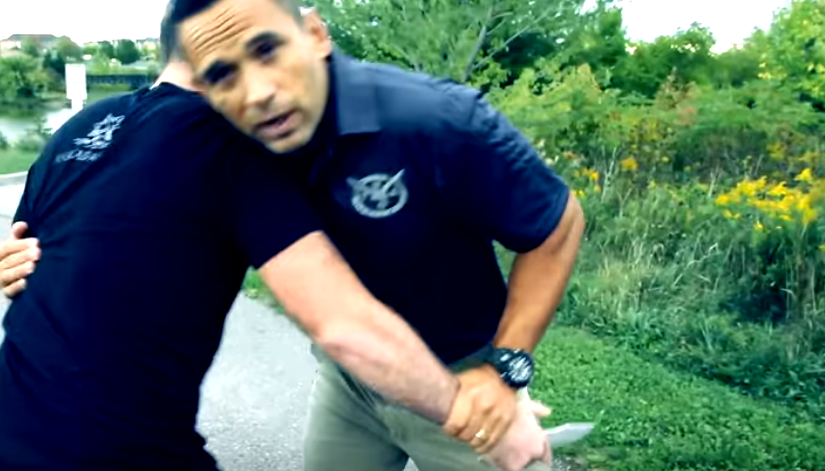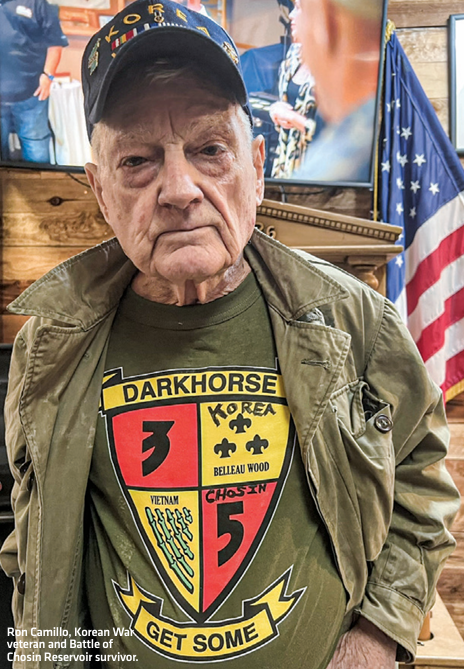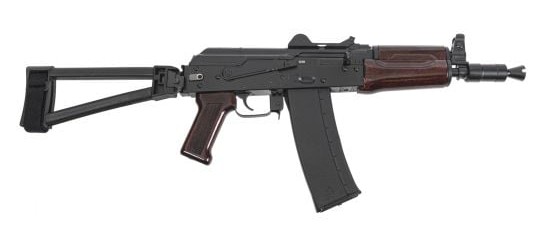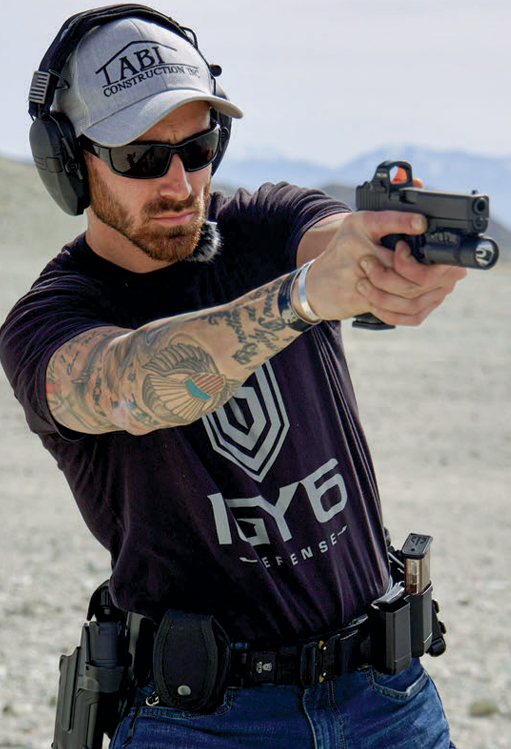Don’t bring a Knife to a Gun Fight
We all have heard the saying, “don’t bring a knife to a gun fight“. Well what if you’re in that predicament – that you and a bad guy are in that mano mano, face-to-face situation. Bad guy pulls a knife out, you’re able to pull your pistol out, but due to the close quarter distance – you’re both in a stalemate position. What are some options now for those “in your face” situation.
Enter Jared Wihongi of Black Label Tactical, he is a 16 year Law Enforcement Officer with 13 years as a SWAT operator. Wihongi currently contracts with the U.S. government to teach to Law Enforcement and military personnel in hand to hand combative methods.
Wihongi demonstrates in this video some basic tactics to get an upper hand so you can come out on top, take a look below.

As you can tell Wihongi self defense methodology is pragmatic and combines the best of both world in gun fighting, knife tactics and grappling skills. Just like in shooting where you dry fire to practice your trigger control, you would need to invest some time into these skills to be proficient.
What are some good training that you have come across?
Video Transcription
[Jared Wihongi] So, um, This is a concept that I’m quite passionate about, is a combination or integration between guns, knives, and empty hands. So I call it Close-Quarter Force Integration Tactics; and essentially it’s my tactics for gunfighters.
[Cameraman] Knife tactics for gun fighters?
[Jared] Yep!
[Cameraman] Uh, can you give us an example of what that curriculum might look like?
[Jared] Yeah! So there’s two ways that this goes. So one is using knife movement and principles– Knife fighting movements and principles, with the gun in the hand, or implimenting the gun. And that’s based on principles of angling, movement, footwork, mobility, controlling distance, so I’m working from a contact distance–clinch ranges. And what I mean by that, is -for example- if I’ve got a– a lot of times when dealing with knife tactics and close ranges, doing those clinch ranges, we’ve got different positions that we try and solve. One of those would be what we call ‘Stalemate’ position. And a stalemate position is, if someone’s presented an edged weapon, and I was able to defend against that somehow, some shape or form, and I’ve got to hold their arm, and now I look to get my weapon presented and get that into the fight, well he wants to survive, too, right? And so a lot of times, you end in these stalemate positions. And now I’ve got a hold of his weapon, he’s got a hold of my weapon, and we’re trying to see who can get free first.
So, immediately, one of the tactics that I would use for this, which comes from knife fighting, is the Duck Under. Down through here, and I move around, and I’m addressing the target from this position. Ok? That’s one example of a knife tactic for gunfighting.
[Cameraman] Got another one?
[Jared] Yeah so, um, another example is, you know, being able to– if I don’t ave my weapon in my hand, and I need to bring it to bear, and maybe we’re somehow tied up in this position, and so now I need to be able to present or free my right hand. I don’t want to release his weapon, also, from this clinch range.
So here I can do what we call an arm-drag motion, and essentially –it’s done quick– but what I’m doing is, he’s got an edged weapon here, so I’m trying to control that, I’m basicaly doing an arm drag. As soon as I’ve done that, my right hand is still tied up, so I do a quick transition to this position here, I continue moving forward, get my weapon out, and address whichever target is available, being careful not to cover my arm, so we use this C motion here.
So again, it’s just another example of close range– extreme close range knife-fighting tactics for gunfighting. Now as you get further out, another example of what we’d do here is in our Kali footwork, we’re constantly using angles. I’m going this direction, I’m going this direction. moving in different directions, because I’m trying to avoid getting hit, and I want to present my weapon, so if I’ve got a weapon in my hand, I might be moving this direction here, Might be moving this direction and cutting here, so as this applies to a little further distance: If I’ve got someone, an aggressor, that’s coming towards me, and he comes up with a knife, then I’m gonna move off-line using my angular footwork and present distance, get my weapon to bear.
If it’s a little closer, for example– that would be a common knife defense movement. If the knife comes in, tap. Ok. So I may use that opportunity, instead of going one-two-three into some kind of a disarm or whatnot, I’ve got a gun. I want to bring that into the fight. So now I’m going to do one-two-three and I move and present my weapon and bring that into the fight. Now, that same motion can be used to one-to-three and push and then bring the weapon and what we call engage-vs-disengage. So I can engage the subject based on the distance that I have. If it’s an open space, disengage, give ’em distance. If he’s got a gun and not a knife, I can’t give him distance. I can’t outrun his bullets. So I have to engage, control his ability to shoot me, and bring my weapon into the fight. Get all these knife tactics presented to a gunfight environment.
[Cameraman] So knife tactics for gunfighters, this sounds like this can be an ongoing thing, this curriculum seems quite deep.
[Jared] It is. It is. We’re just kind of scratching the surface here. It’s really deep, because you can start from distances just outside of arm’s reach, this is all close-quarters stuff, you know most gunfights happen at extreme close-quarters. we’re starting just outside of two arms’ reach, and then we’re progressively moving into clinch distance. That clinch distance sometimes ends on the ground, ground fighting with the guns and the knives, and then we are kind of progressing from there. Various steps in that process. When he’s just getting his weapon out and I’m able to catch it, how do I disrupt that draw stroke, maybe his weapon is coming to bear and it’s not yet pointed at me, is it an edge weapon, is it a firearm, do I know what kind of weapon it is, so there’s all these different ways that I can approach this topic, I can get into a lot of depth with it.
[Cameraman] Well thank you very much, we’re honored by your presence here, and thank you very much for sharing your hours.
[Jared] Thank you guys very much, stay tuned, look forward to a lot of cool things coming up.














